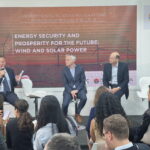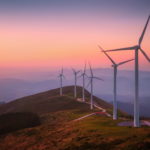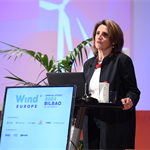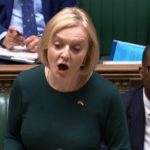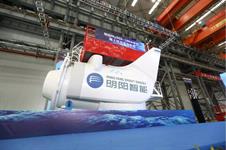Debrief: What do all these new climate pledges mean for renewables?
Energy Disrupter

But – and this is a big one – ultimately your target is only ever as good as the plan to achieve it. And this is where we, as the wind industry, urgently need to see progress from our global policymakers. Whilst we are seeing a race to the top in terms of ambition, in the vast majority of countries we are not seeing this translated into the hard policy drivers that the climate emergency necessitates.
In most global markets we are dealing with planning, grid and procurement frameworks that are set up for fossil fuels, and act as a serious obstacle to deploying renewables at the pace needed to meet targets. For example, many countries continue to give fossil fuels priority grid dispatch, meaning it is economically impossible for renewables to gain a foothold in the power market. In other countries, disputes over land permitting and grid connections for new renewables projects are consistently refused or delayed.
For example in Germany, the largest onshore wind market in Europe and an energy transition leader, more than 10 GW of wind projects are stuck in permitting delays, according to a 2019 survey by consultancy GA Wind.
In South Korea, despite ambitious net zero and offshore wind targets, complicated and long permitting processes and difficulties managing various stakeholders have resulted in offshore wind projects taking more than 2-3 times to complete the permitting process compared to the global average, and these delays may risk meeting their target.
In Mexico, a recent bill passed under the Electricity Act gives priority dispatch to state-owned utility CFE, whose only assets are fossil fuels and large-hydro plants that generate power with far higher costs and carbon emissions, and poses an unequivocal threat to all local and foreign private sector investment into Mexico’s formerly robust renewable energy market.



